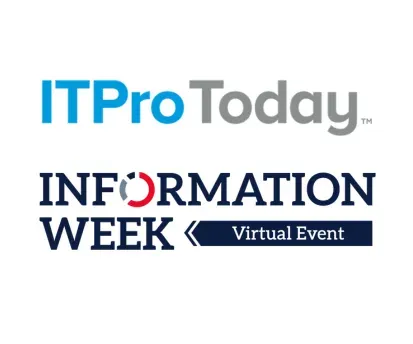California Firefighters Battle Blazes Using Aging Computer Infrastructure
The California Department of Forestry is relying on some systems that go back to the 1980s, along with more modern technology, to battle the most expensive fires in state history.
November 22, 2003

As firefighters this Fall battled the most expensive fires in the history of California, they are relied on an aging computer infrastructure, with some pieces dating back to the 1980s. The California Department of Forestry still uses quite a bit of DOS technology, mixed in with more modern systems, as it battled the wildfires that have blackened large areas of southern California.
"California does have budget woes, and we have to respond to those needs," said Ronald Ralph, CIO of the California Department of Forestry, which is coordinating the firefighting efforts. "CDF has a limited budget; we tend to spend most of our money on fire apparatus, aircraft, personnel--the things it takes to put out fires. A lot of our systems are aging, and we are aggressively upgrading them as we speak."
He added, "I think the systems are doing extremely well under a very heavy load. We're experiencing the highest level of activity we've ever seen. All the systems are holding up just fine. Could we use newer, faster technology? Sure. But from an IT perspective, we are fully meeting our mission in support of the fire activity."
Nearly 12,000 firefighters and support crew fought seven major fires in four California counties that claimed more than 20 lives, burned more than 730,000 acres, and destroyed more than 2,600 homes. The state spent an estimated $9 million a day to fight the fires, and the total cost could reach $200 million, state officials told The Associated Press, while it's estimated that the toll on the state's economy will reach $2 billion.
The CDF uses many systems based on Microsoft Windows NT and Windows 2000, wireless technology, and Geographic Information Systems, to fight the fires.Key technology is called Incinet. It's a set of boxed, packaged servers and networking infrastructure that's custom-built in-house, and can be dropped into the scene to coordinate firefighting, Ralph said.
"It can be put up in a cow pasture or public school or someplace, wherever a base camp is, and it automates the process of keeping track of what's going on at the fire," Ralph said.
Large fires, such as the current southern California fires, use Incinet running on an SCO UnixWare 2.1.3 server that can support up to 30 terminals. Smaller fires are coordinated with an Incinet version ported to DOS on Windows.
Four Incinet kits are being used on the scene to coordinate fighting the Southern California fires.
Incinet handles support logistics for firefighting--including check-in and checkout of personnel, monitoring food and drinking water levels, resource monitoring, and printing out administrative forms. "It tracks resources and people and when they came in and when they left, making sure they have all the right meals," Ralph said.The agency's computer-aided dispatch system takes 911 calls and dispatches personnel to local fires. It's an 18-year-old DOS-based system, using a flat file repository and running under Windows. The agency is now in the process of migrating to a client-server system with an Oracle back end and GIS components, running on Windows 2000.
The agency's Multi Incident Resource Planning System handles resource ordering when a fire gets big and beyond the scope of a local entity's ability to fight the fire. "It tracks resources throughout the state--logistics and where those folks are," Ralph said. It runs on Oracle on a Sun Microsystems server, with a PowerBuilder flat client accessed through Windows Terminal Server and Citrix MetaFrame. MIRPS can handle as many as 500 concurrent sessions all over the state, during peak activity, such as being experienced now.
The Emergency Action Response System is used for after-action reporting. It, too, is a DOS-based program, using Procomm communications software running the Kermit protocol to connect to a Unix server. "The Unix system acts as a store-and-forward repository. Folks fill out reports and transmit them at night," Ralph said.
The agency has just started planning on replacing the EARS system with a more modern system.
Vehicles and other firefighting systems are tracked through Microsoft Access databases, although the agency is looking into more advanced systems. "Obviously, with the budget crisis in California, it's not easy to get new systems developed at this time," Ralph said.The agency maintains a wide area network through Pacific Bell and MCI. "Our wide area network is excellent," Ralph said. The network sees very little downtime.
